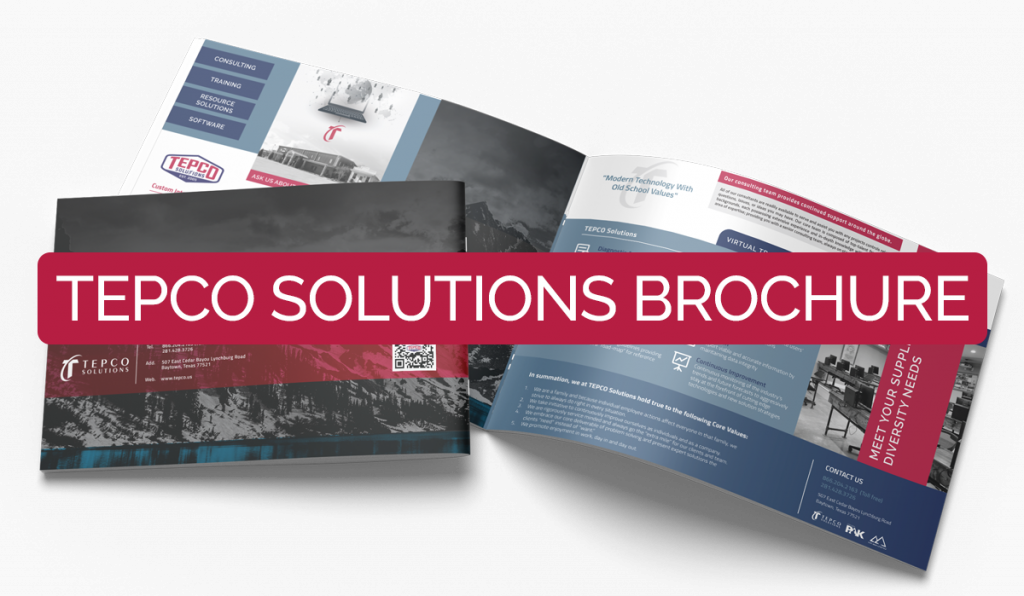
TEPCO Open House is October 21!
Open House + Updates
Here at TEPCO Solutions, we are more than a project controls company. Along with our services and training, we offer a unique event space available for rental! Over the past year, the team here at TEPCO has brainstormed a local event space suitable for any type of event. After solidifying a solid plan, we came together as a team and made our vision come to fruition. With several updates to the facility, TEPCO Solutions is now open for event bookings!
Updates Include:
- Upstairs balcony with stair access – including an upstairs bar with an iron railing that covers the entire balcony area
- Updated walls to cedarwood and paint
- Air conditioning to help keep things cool in these hot summer months
- Blue slide is now toned down to a neutral color
With all these updates, TEPCO Solutions is excited to announce our next big event is going to be in celebration of our event venue. We are going to have a Ribbon Cutting Ceremony followed by an Open House on October 21, 2021, from 4:00 pm to 7:00 pm.
We will have a wide variety of vendors set up at this event that we will ideally recommend to people for future events. Vendors such as photography, food, desserts, wedding décor, hair + makeup, photobooths, DJ, live music, and more! We look forward to seeing you here!
Please RSVP at www.tepco.us/open-house and invite your family + friends.

Events
Our 2,400 square foot event space and 10,000 square foot office facility can be used for a wide variety of events holding up to 205 people. Whether it is a corporate meeting, family reunion, holiday party or wedding, our space can be turned into your vision!
Some event ideas that can be held here at TEPCO Solutions are Birthday Parties, School Reunions, Ceremonies, Receptions, Rehearsal Dinners, Concerts, Marathons, Small Business Markets, Company Parties, Holiday Events, Corporate Dinners, Meetings, and much more.
If you would like more information about the event space, please contact kaylea.gibbs@tepco.us or go to www.tepco.us/venue.






RSVP Now




